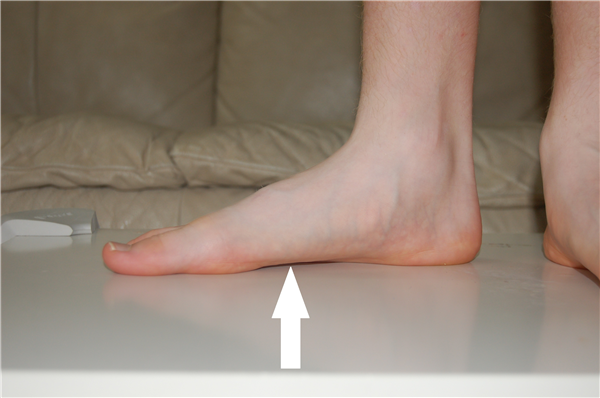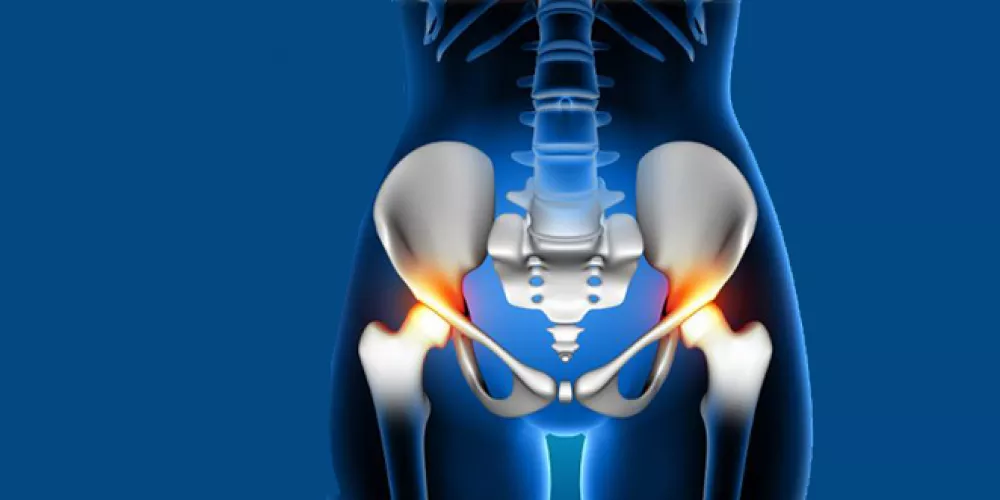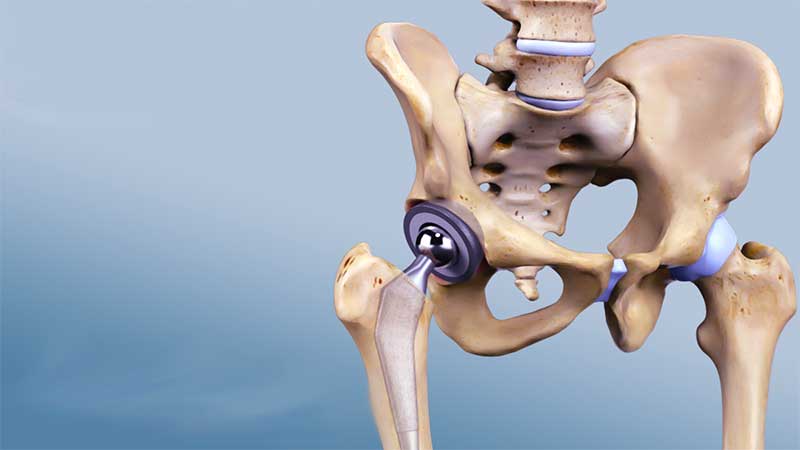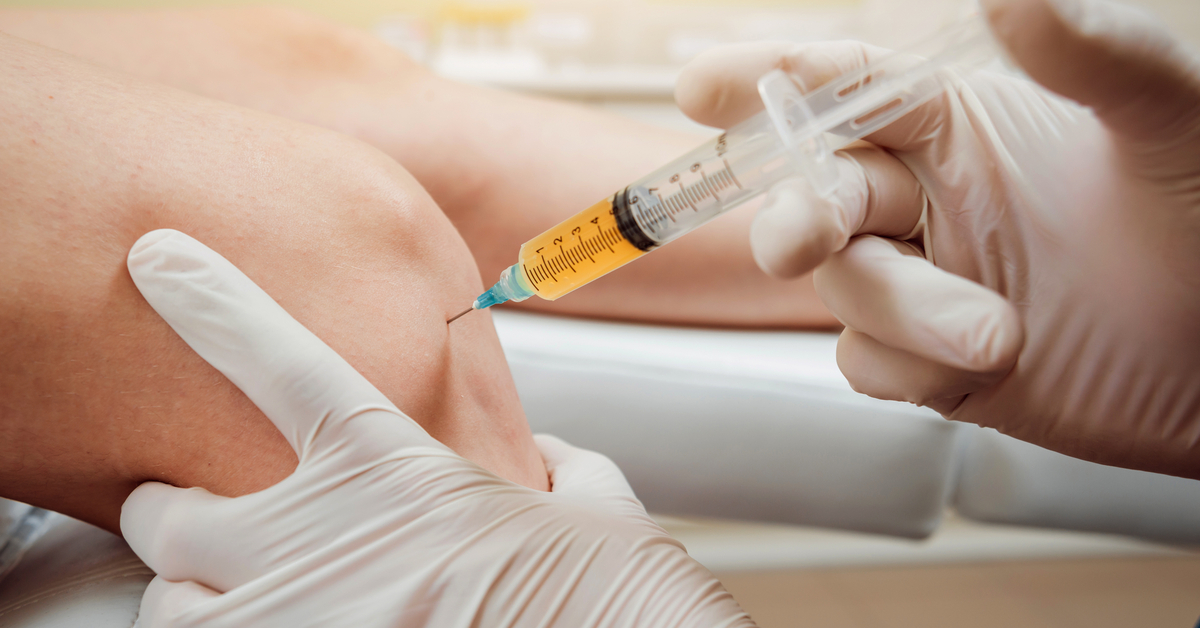Explore the Best Knee Replacement Surgeon in Egypt with an Impressive Success Rate!
The best knee replacement surgeon in Egypt is a crucial find for those suffering from knee pain, one of the most challenging discomforts that can make individuals feel uneasy and agitated. Therefore, people seek the expertise of a specialist in knee pain and joint replacement surgeries. In the following paragraphs, we will shed light on this procedure, its steps, the advantages and disadvantages it entails, and the post-operative guidelines to ensure its success. Stay with us to learn more.
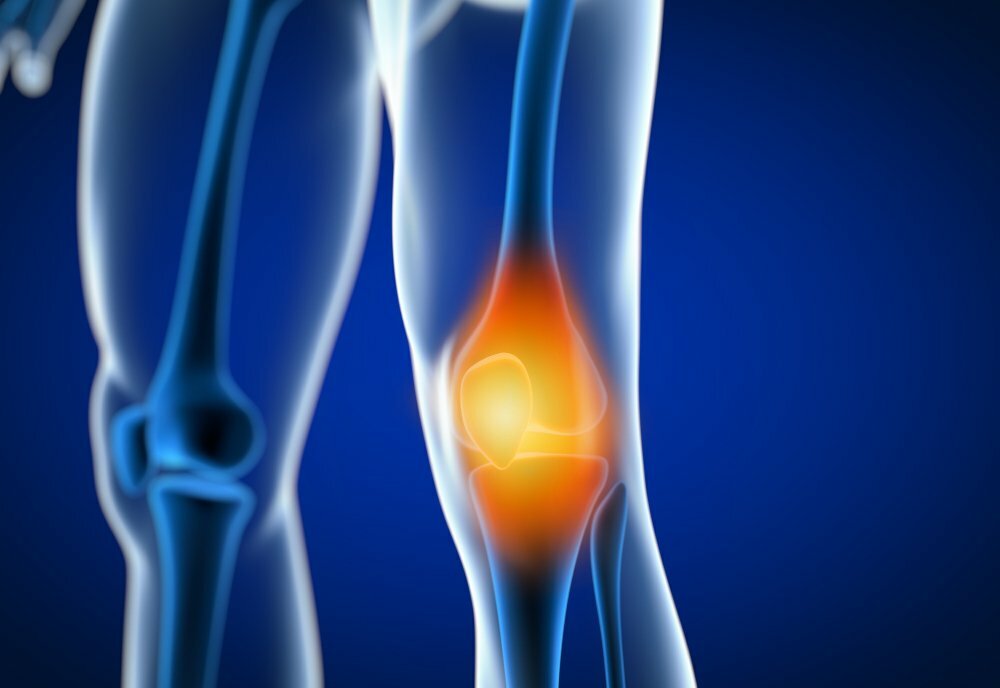
The Best Knee Replacement Surgeon in Egypt
“Confidence, experience, and skill – three factors that distinguish Dr. Amr Amal’s team in the field of orthopedic surgery. Our goal is to restore movement and life to your body.”
Individuals suffering from knee pain and mobility issues are constantly in search of the best and fastest solution to alleviate their discomfort. One ultimate solution is undergoing knee joint replacement surgery. When it comes to this procedure, the most crucial consideration for the patient is the surgeon who will perform the operation. The surgeon should possess specific qualifications in terms of experience, expertise, and skill to inspire trust and confidence in the patient. Today, we recommend one of the best doctors in this profession, Dr. Amr Amal, known for his dedication, commitment, and exceptionally high success rate in surgeries. You can contact him directly here.
What Is Knee Joint Replacement Surgery?
Many people suffer from knee joint damage due to various reasons, leading to the need for joint replacement surgery. In this surgical procedure, the natural joint is replaced with an artificial joint. The surgeon connects one piece of the artificial joint to the femur bone and attaches the other piece to the upper part of the tibia bone, placing a piece of polyethylene in between to absorb shocks. If you want to learn more about knee joint replacement surgery, you can read the following article.
Steps of Knee Joint Replacement Surgery
Knee joint replacement surgery typically lasts from one to two hours and involves the following steps:
Administering general anesthesia to the patient. The surgeon makes an incision in the knee area. Removing damaged surfaces and parts of the knee joint. Replacing the damaged part of the knee joint with an artificial piece, usually made of metal or plastic, securely positioned in place of the damaged joint. The replaced piece includes the end surface of the femur bone, the surface of the tibia bone, and the facing surface of the femur. At the end of the procedure, the surgeon closes the incisions and covers them with a bandage.
Before and After Knee Joint Replacement Surgery
The doctor must perform clinical examinations on the patient before undergoing knee joint replacement surgery to obtain an accurate assessment of the condition. This includes the following:
Physical Diagnosis: The doctor asks the patient about their medical history and the symptoms they are experiencing. They conduct an examination of the affected knee and compare it to the healthy one. Medical Imaging: This is done through X-ray and magnetic resonance imaging (MRI) scans.
Among the important preparations preceding knee joint replacement surgery is for the patient to discontinue blood-thinning medications. The patient should inform their personal physician about all the medications, vitamins, and dietary supplements they are taking. It is also necessary for the patient to undergo dental treatments such as fillings, extractions, or gum treatment before undergoing knee joint replacement surgery because all of these procedures can potentially introduce bacteria into the bloodstream, increasing the risk of infection after surgery.
After knee joint replacement surgery, the patient must adhere to the instructions provided by the physical therapist and engage in the recommended exercises on schedule. This helps the patient regain joint flexibility in a shorter period and at a faster pace. The post-operative rehabilitation program is one of the essential factors that ensure the success and smooth progress of the surgery. With knee joint replacement surgery performed by Dr. Amr Amal, you can achieve a pain-free and unrestricted life.
Reasons for Opting for Knee Joint Replacement Surgery
There are several reasons that make a patient in need of knee joint replacement, and we will discuss some of them as follows:
- Osteoporosis and Knee Osteoarthritis: The primary reason for knee joint replacement surgery is a patient’s suffering from osteoporosis and knee osteoarthritis. Osteoarthritis affects the knee’s cartilage, making it unable to absorb shocks.
- Difficulty Walking: When the knee experiences advanced wear and tear, the patient often experiences significant difficulty walking, and the pain spreads throughout the lower limb. Over time, the patient may need the assistance of mobility aids such as crutches, and they may find that riding a bicycle becomes easier than walking.
- Stiffness and Rigidity in the Joint: Stiffness occurs both at night and during the day, gradually making daily activities, such as changing clothes or putting on socks and shoes, difficult. It also affects various other daily activities.
- Unbearable Severe Knee Pain: Individuals with severe knee joint degeneration constantly complain of intense pain, which may start from the inside, outside, or behind the patella (kneecap). Initially, the patient may feel pain during rest, known as the “start-up pain.” After a few minutes, the pain diminishes. As the severity of the knee degeneration increases, the pain occurs during rest and may even affect nighttime sleep.
- Other Reasons for Knee Joint Replacement: There are various other reasons that lead to a patient’s need for knee joint replacement, including obesity, aging, fractures, congenital factors, rheumatoid arthritis, in addition to knee misalignment and previous injuries leading to wear and tear in the knee joint.

Benefits and Risks of Knee Joint Replacement
One of the most important reasons and benefits for a patient undergoing knee joint replacement is the relief from pain caused by arthritis. This also includes overcoming difficulties the patient may face when walking, climbing stairs, or getting up from a chair. However, like any surgical procedure, knee joint replacement surgery may lead to certain complications and risks, including the following:
- Infection or Inflammation: Infections that occur in the joint after surgery can be severe and may require additional surgical procedures.
- Continued Pain and Stiffness: Some patients may experience persistent pain and stiffness in the joint even after the surgery.
- Fractures: There is a risk of bone fractures around the joint during the procedure.
- Bleeding into the Joint: Bleeding inside the joint may occur.
- Component Damage or Loosening: Artificial joint components may become damaged or loosen over time.
- Ligament Damage: Ligaments in the knee joint can be damaged during surgery.
- Deep Vein Thrombosis (DVT): This is one of the most common complications after knee joint replacement surgery.
- Allergic Reactions to Anesthesia: Some patients may experience allergic reactions to anesthesia drugs.
- Unwanted Scarring: Scarring may occur at the surgical site on the knee.
- Pulmonary Embolism: This can lead to breathing difficulties or chest pain.
- Urinary Tract Infection: Infection of the urinary tract may occur.
- Medication Side Effects: Patients may experience nausea and vomiting due to medications they are taking.
- Nerve or Blood Vessel Damage: This can result in numbness or weakness in the affected area.
For a detailed understanding of the risks that may affect a patient’s life after undergoing knee joint replacement surgery, you should read this article.
Duration of Knee Joint Replacement Surgery
Knee joint replacement surgery typically takes about one to two hours, and then the patient remains in the hospital for one to three days after the procedure. During this time, the medical team monitors the patient’s condition, helps them move their legs, and starts a gradual walking regimen with minimal effort. The length of the hospital stay depends on the patient’s health condition and other factors that determine whether they are ready to be discharged. In most cases, the hospital stay ranges from one to three days. Today, we offer you a unique knee joint replacement experience under the supervision of Dr. Amr Amal and his excellent team.
Success Rate of Knee Joint Replacement
After conducting various research, studies, and experiments, it has been established that the success rate of knee joint replacement surgery has achieved significant success, reaching up to 95% of the total number of surgeries performed. This is conditional on the patient undergoing the appropriate procedure and the doctor ensuring that all tests and results are highly suitable, including the following:
- Comprehensive medical history of the patient.
- Blood tests.
- Clinical examination of the patient to assess the joint’s range of motion.
- Imaging tests such as X-rays and magnetic resonance imaging (MRI) to examine the condition of bones and ligaments.
One of the key advantages of knee joint replacement surgeries is their high success rate. It’s essential to consider that the treatment journey doesn’t end with the surgery itself. The patient must follow a rehabilitation program to return to their normal life and engage in activities normally. For more information about knee joint replacement surgery, please read this article.

Reason for Swelling in the Leg After Knee Joint Replacement Surgery
One of the common symptoms that may appear after knee joint replacement surgery is severe swelling and bruising around the incision and the leg. In most cases, this swelling naturally subsides over several weeks. You can speed up the improvement of the swelling and reduce it by using ice packs, changing your daily routine, or following rehabilitation exercises.
The reason for this swelling is a natural response of the body to a form of chemical imbalance between different cells and tissues in the body. It may also occur as a result of infection, certain medications, illness, or mechanical damage. Accumulation of excess fluid in the area could also be a contributing factor.
Post Knee Joint Replacement Pain
Feeling pain after undergoing knee joint replacement surgery is a natural part of the recovery process. During this time, the doctor may prescribe some pain relievers, such as anti-inflammatory steroids or local analgesics. Once the patient starts to feel better, they should discontinue using pain relievers to prevent any potential side effects. You can overcome knee problems and severe pain with the excellent services we provide at Dr. Amr Amal’s clinic.
Physical Therapy After Knee Joint Replacement
Physical therapy is a crucial factor in the success of knee joint replacement surgery. It helps the patient gradually improve their mobility. Physical therapy can start as early as one day after the surgery, as determined by the specialist doctor. While the idea of starting physical therapy immediately after surgery may seem daunting, these exercises are entirely safe and essential for rehabilitating the knee and restoring its function.
The physical therapy program typically progresses as follows:
- Day One: The patient is still in the hospital, and the physical therapist instructs them on how to get out of bed, how to bear weight on the new artificial knee for the first time, and how to take a few steps using a walking device. The therapist also assists the patient in performing bedside exercises, such as thigh muscle contractions for 5 to 10 seconds, followed by rest, and repeating this process 10 times. The patient may also practice lifting their ankle by moving their foot up and down to engage the leg muscles.
- Day Two: The patient continues to engage in exercises that strengthen the knee muscles. They will work on bending and straightening the knee and thigh muscles, and gradually start walking longer distances with the help of a walker or crutches.
- Day Three to Five: During this period, the patient may still be in the hospital or may have moved to a rehabilitation center or returned home. They can now ascend stairs if they receive some assistance.
- Week One to Four: At this stage, exercises are gradually intensified to strengthen the knee. The patient may walk longer distances using crutches or a walker. After some time, they may only require a single cane, especially if they can stand for more than ten minutes or use an exercise bike. Initially, the therapist focuses on pushing the pedal backward, and when the knee is strong enough, they start pedaling forward to complete the movement.
After four weeks: After this period, the physical therapist may suggest that the patient add light weights to increase resistance during exercises.
The Cost of Knee Joint Replacement Surgery in Egypt
“Dr. Amr Amal utilizes the latest bone surgery techniques to achieve the best results. Confidence, comfort, and care are the keys to our treatment.”
When you hear about the need for knee joint replacement surgery, one question that may come to mind is the cost of the procedure and the financial expenses involved. Fortunately, Egypt is one of the countries where this surgery is performed at relatively moderate prices compared to other nations. The cost typically ranges from 35,000 to 90,000 Egyptian pounds. However, the price can vary due to a variety of factors, including:
- The duration of the patient’s stay in the hospital.
- The type of joint being implanted.
- The location and quality of the hospital and its services.
- The skill, competence, and experience of the specialist doctor and their history of successful procedures.
Tips After Knee Joint Replacement Surgery
There are some tips and guidelines that patients should follow, as well as some things they should avoid. These guidelines help the patient regain the ability to move their knee, use it in their daily activities, and return to their normal life after undergoing knee joint replacement surgery. Here are some of them:
- It’s essential for the patient to take care of the surgical incision and keep it clean and dry to avoid infections and complications.
- Patients should avoid placing a pillow under their knee, especially when lying down for an extended period.
- Avoid forcefully bending the knee.
- Elevating the leg and applying cold compresses to the joint can help reduce swelling.
- Consuming a healthy diet plays a significant role in aiding muscles’ quick recovery and regaining their strength.
- Avoid engaging in strenuous activities like running in the early weeks after the surgery and opt for activities that strengthen the muscles without causing harm to the artificial knee joint, such as swimming.
- Patients should try to prevent falls on the knee as much as possible, especially during the initial weeks after the surgery.
- Using crutches for a period may be necessary until the patient fully recovers and regains strength to avoid setbacks.
- It’s crucial to follow all instructions from the physical therapist regarding exercise schedules and the duration of exercises to properly regain joint flexibility. The postoperative rehabilitation program is a key factor in the patient’s success in regaining joint strength, flexibility, and mobility.
Dr. Amr Amal and his excellent team provide outstanding services to assist patients in overcoming knee issues and severe pain.







